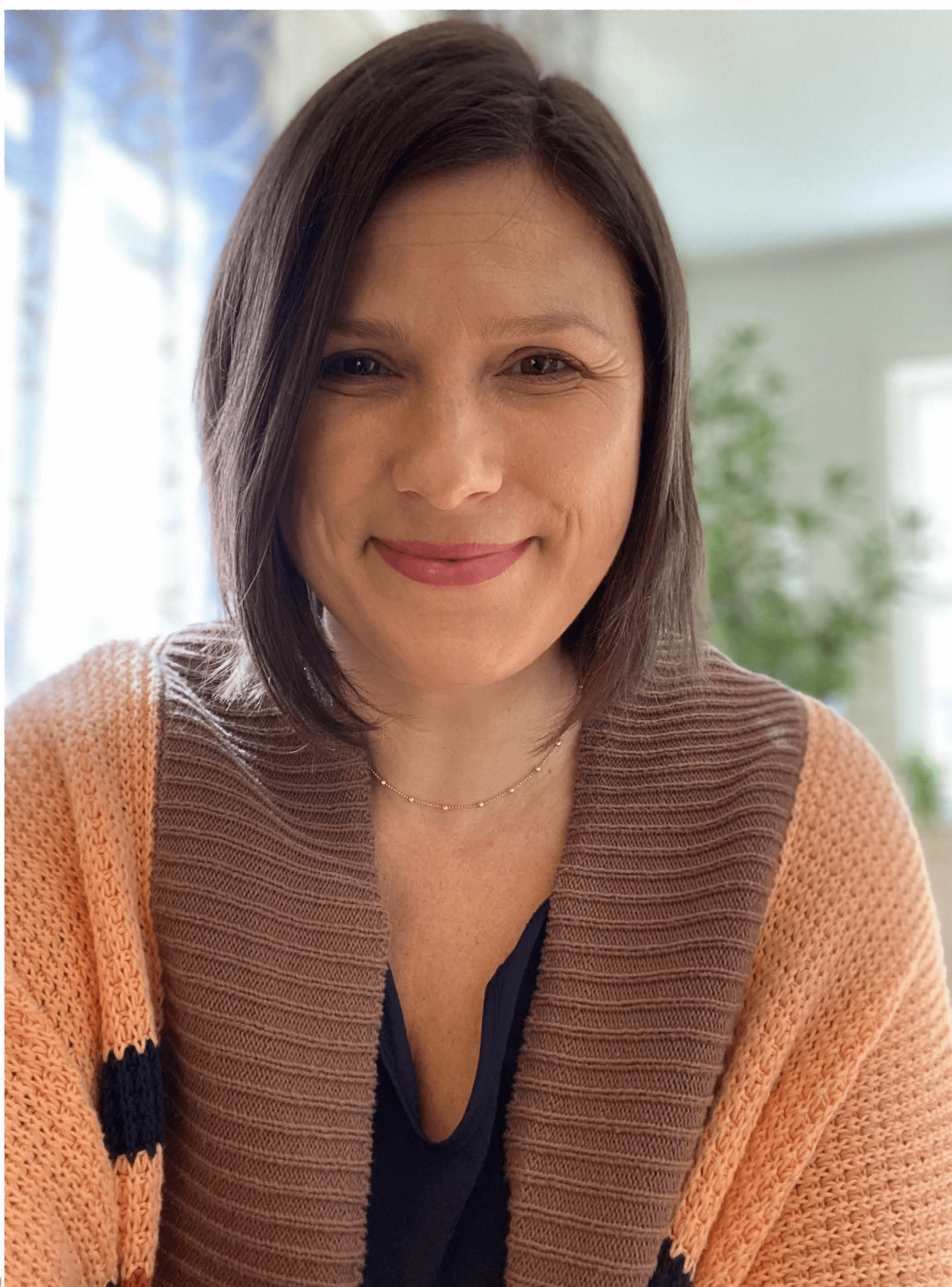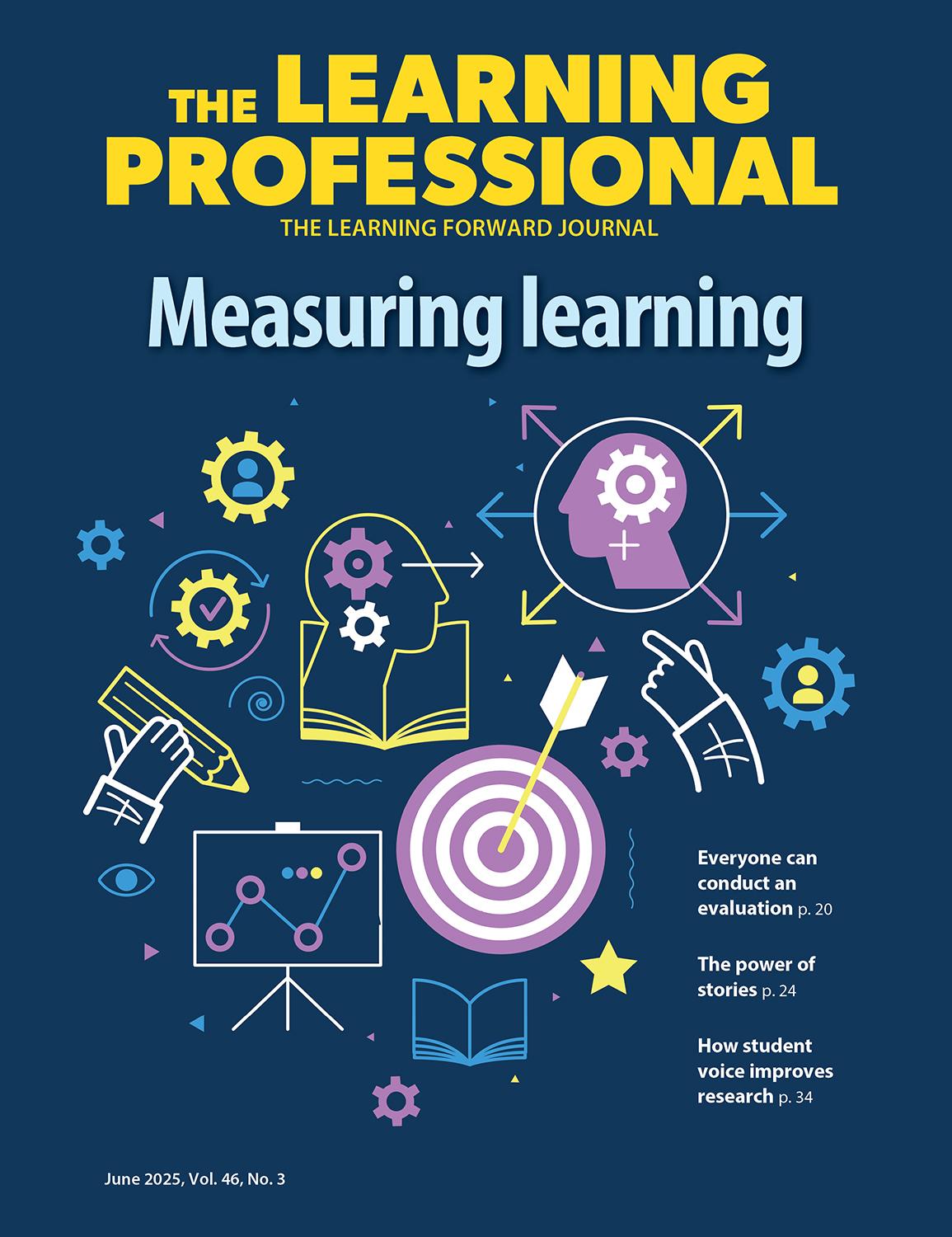FOCUS
Becoming a teacher again made me a better coach
By Ashly Skiffington
Categories: Coaching, Implementation, Teacher leadershipApril 2022
Read the remaining content with membership access. Join or log in below to continue.
Sed ut perspiciatis unde omnis iste natus error sit voluptatem accusantium doloremque laudantium, totam rem aperiam, eaque ipsa quae ab illo inventore veritatis et quasi architecto beatae vitae dicta sunt explicabo. Nemo enim ipsam voluptatem quia voluptas sit aspernatur aut odit aut fugit, sed quia consequuntur magni dolores eos qui ratione voluptatem sequi nesciunt. Neque porro quisquam est, qui dolorem ipsum quia dolor sit amet, consectetur, adipisci velit, sed quia non numquam eius modi tempora incidunt ut labore et dolore magnam aliquam quaerat voluptatem.
References
Boaler, J. (2019). Limitless mind: Learn, lead, and live without barriers. HarperCollins.
Costa, A.L., Garmston, R.J., Hayes, C., & Ellison, J. (2016). Cognitive coaching: Developing self-directed leaders and learners. Rowman & Littlefield.
Gino, F. (2020). Rebel talent: Why it pays to break the rules at work and in life. William Morrow.
Nordgren, L. (2021, November 16). Work 2.0: The obstacles you don’t see. Hidden Brain Media. hiddenbrain.org/podcast/work-2-0-the-obstacles-you-dont-see/.

Ashly Skiffington (askiffington@ wallingfordschools.org) is an elementary mathematics instructional coach in Wallingford Public Schools in Connecticut.
Categories: Coaching, Implementation, Teacher leadership
Recent Issues
NAVIGATING NEW ROLES
April 2025
Whether you’re new to your role or supporting others who are new,...
LEARNING DESIGNS
February 2025
How we learn influences what we learn. This issue shares essential...
BUILDING BRIDGES
December 2024
Students benefit when educators bridge the continuum of professional...
CURRICULUM-BASED PROFESSIONAL LEARNING
October 2024
High-quality curriculum requires skilled educators to put it into...











